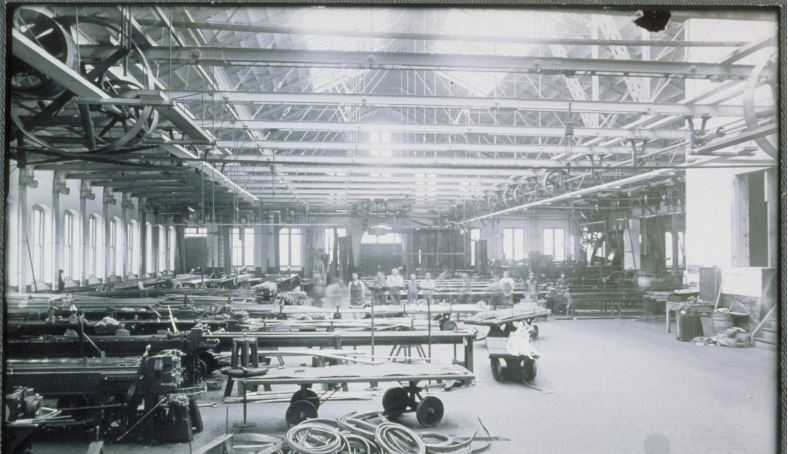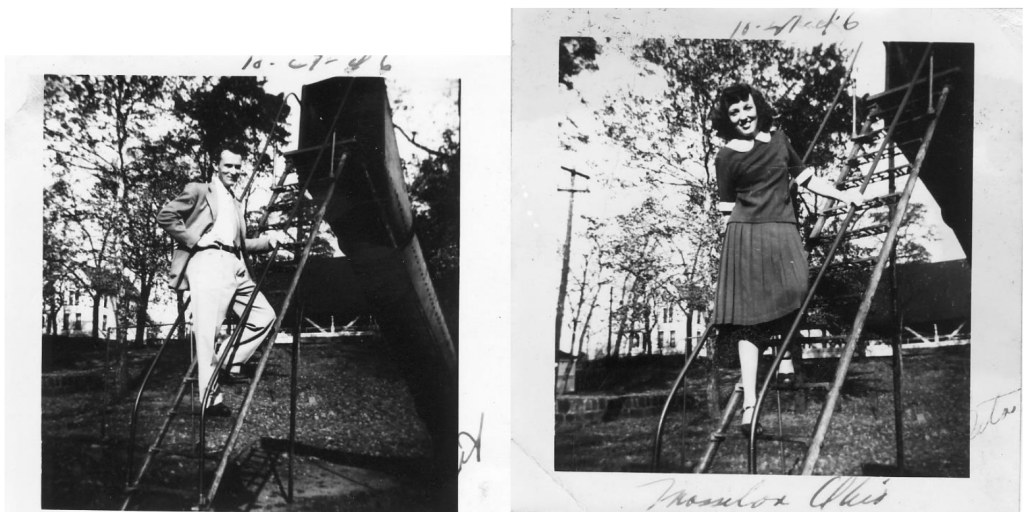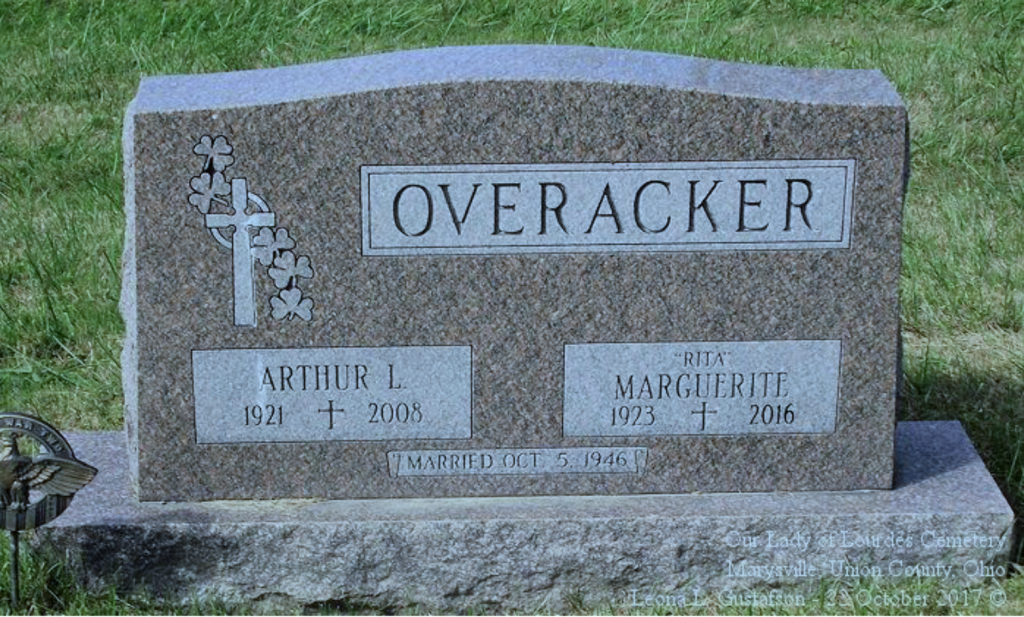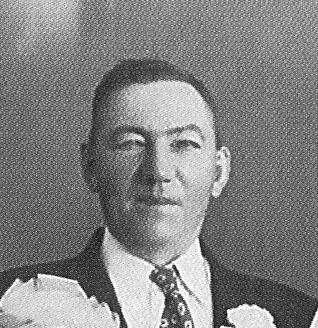Andreas Joseph Tomalya was born 17 July 1874 and was baptized on 19 July 1874 in current day Toporec, Slovakia. His birth date is before his baptismal date, but is hard to read, hence the arrow. His parents were Jacobus Tamalya and Catherine Akuratni. Since this was the time of the Austro-Hungarian Empire, some U.S. records say he was Hungary, and others say Austria. However his native tongue was always listed as Slovak.

In 1900 Andrew departed from Bremen, Germany on his way to New York, United States with a final destination of Connecticut. After he arrived he started using the name Andrew Tomala. He landed in Torrington, Connecticut where he started as an employee of Union Hardware Company.
On 2 February 1907 at the age of 32, he married Anna Mary “Annie” Koval at Sacred Heart Church in Torrington, CT. Annie was also a Slovak speaker from the Austro-Hungarian Empire. Their marriage picture shows Andrew and Annie wearing traditional Slovakian wedding garb. The others in the picture are unknown.

Andrew and Annie continued living in Torrington and Andrew went to work for Coe Brass Manufacturing. They would have eight children, one of which was my grandmother Julia Margaret (Tomala) Grinvalsky [1915-1988].

1. Coe Brass Manufacturing Plant – Date Unknown
On the 1920 census Andrew was an employee of American Brass Company which had bought Coe Brass Manufacturing. On the 1930 census, Andrew had been promoted to a foreman.
Unfortunately, Andrew died on 24 January 1933 at the age of 58 of a heart attack. The problem is his death certificate and headstone. On every document he filled out he always used his true birth date of 17 July 1874. However, on his death certificate, his birth year is listed as 1880. No birth month or year was listed, even though the informant was his wife, Annie. He was buried on 27 January 1933 at New St. Francis Cemetery in Torrington with the incorrect birth year of 1880.

Archives & Special Collections at the Thomas J. Dodd Research Center, University of Connecticut Library; 405 Babbidge Road, Unit 1205; Storrs, CT 06269-1205 with permission from Laura Smith; Archivist.








